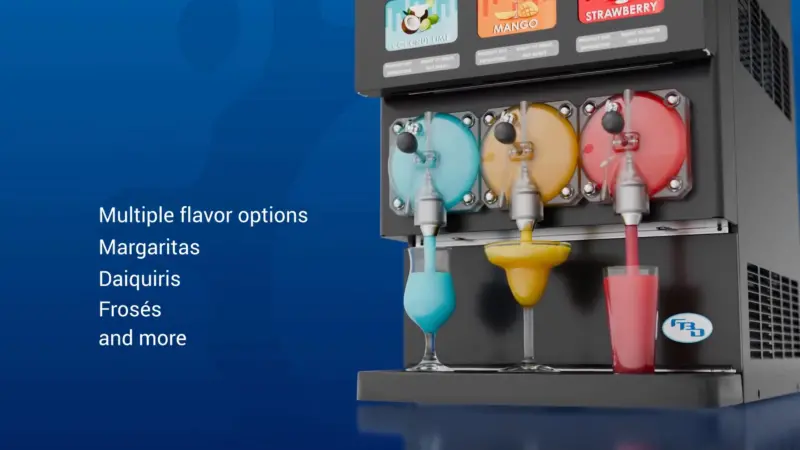Creating the Roadmap for the Digital Restaurant
The omnichannel experience that first wreaked havoc with the retail industry quickly began to make its impact on the restaurant industry even before the pandemic. The disruption caused by the pandemic accelerated this trend requiring restaurant owners of national chains and family-run businesses as well as every restaurant version in between to adapt or die.
Carl Orsbourn and Meredith Sandland worked together at Kitchen United, a ghost kitchen headquartered in Pasadena, CA in the early days of the company still in its start-up phase. Osbourn had formerly worked in the convenience retail world for 15 years at BP in the convenience store space where he first saw the shift in consumerism coupled with an increased desire for healthier food.
Prior to joining Kitchen United, Sandland spent a decade working within the restaurant industry at Taco Bell where she started in brand development and then moved on to real estate development. When the omnichannel disruption created the desire for a “commissary where she could simply deliver tacos out the door and not have a restaurant, particularly in high-congested areas such as Manhattan.”
At Kitchen United, the two worked together to create a business model that would support Sandland’s dreams. And Orsbourn was introduced to “this incredible ecosystem of restaurants that are looking to change and move with the times. Even though they were looking to work in a ghost kitchen environment, which, of course, was pre-pandemic at this stage, a lot of them were actually still struggling to adapt to change.”
Their experiences working with clients and consumers inspired them to collaborate on writing a book that would help restaurants succeed in a ghost kitchen world. And, in 2021, they published Delivering the Digital Restaurant: Your Roadmap to the Future of Food.




